Snowflake summit: platform keynote recap 2024

Peter Hanssens
—May 04, 2024
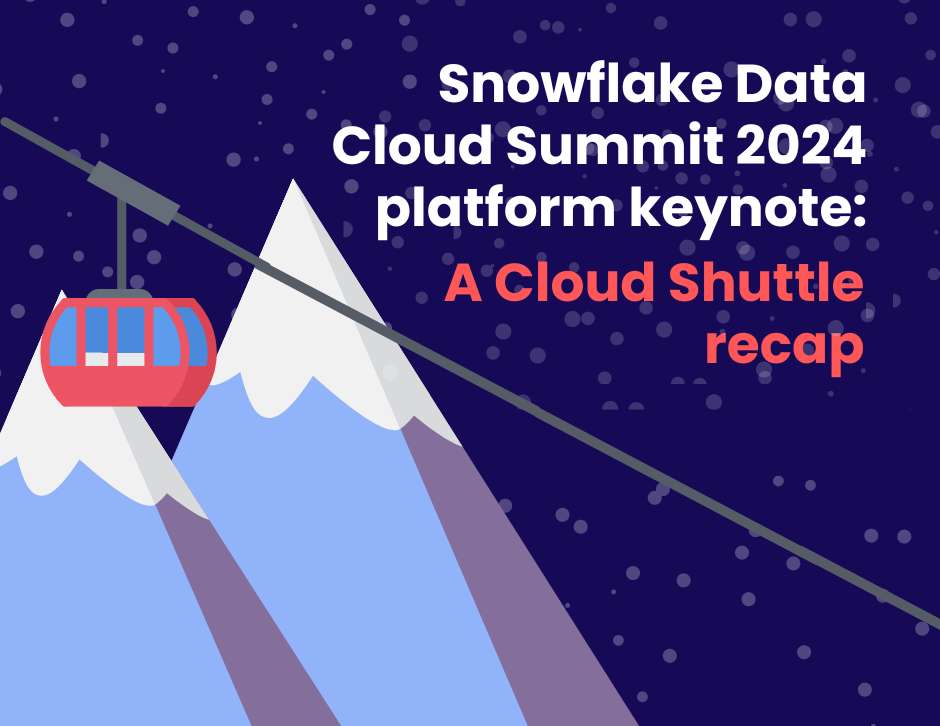
Welcome to Day 2 of Snowflake Data Cloud Summit! The second day of the summit resumed with a two-hour platform keynote first thing in the morning. CEO Sridhar Ramaswamy returned to stage for the opening remarks, but didn't stay long. Instead, the spotlight moved to Benoit Dageville, Snowflake Co-founder and President of Product.
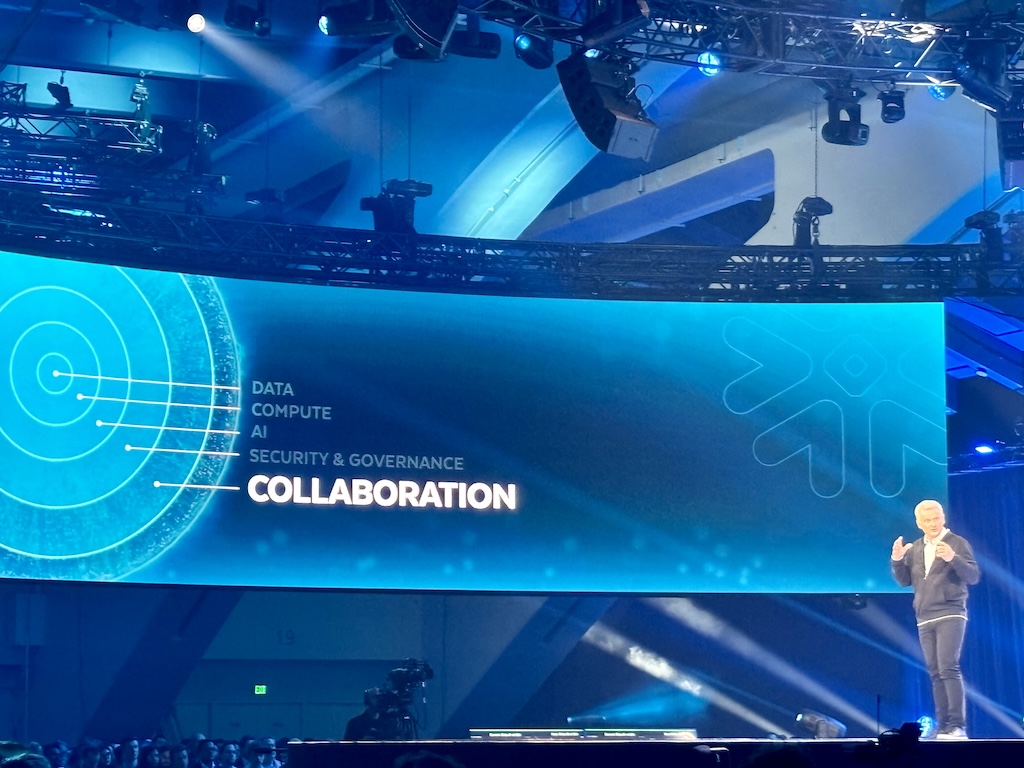
Snowflake as the ideal platform for Enterprise AI
Benoit Dageville stressed how the simplicity, efficiency and completeness of Snowflake makes it the ideal platform for Enterprise AI. Benoit gave a high-level overview of the five critical components: 1) Data, 2) elastic compute, 3) world class AI models, 4) security and governance; and 5) collaboration.
The focus on these components reveal a lot about how Snowflake is trying to position itself as the Enterprise AI platform of choice due to flexibility and ease of use, as well as high performance relative to cost. There is a clear sense of pride from Snowflake around Artic LLM, with lots of stats on how it compares favourably with other LLMs of its class; it's clear that Snowflake is making a clear stand in trying to demonstrate its supremacy in the LLM space.
Snowflake is also showing their stripes as the company that simplifies access control and security, with unified security and governance at every level. Dageville mentions the ability to create private clusters for each account, isolate individual clusters at the network level and routing requests go through private control planes for each customer. (Perhaps in response to getting caught up in some recent high-profile headlines) Snowflake is really pushing the message around governance and security, with customers paying for the deep security features but making up for it with enhanced speed of development and peace of mind outweighing any negatives.
Key platform and feature announcements
After setting the scene, Dageville invites Snowflake's EVP of Product, Christian Kleinerman, to get into the heart of the keynote – the core platform and feature announcements. Every announcement, Kleinerman reminds the audience, is designed to help Snowflake customers to get more value out of their data, faster and more efficiently.
The announcements are centered around enabling customers to build a strong data foundation (before building AI applications on top of this foundation). But of course, there are benefits for Snowflake simplifying and becoming a unified platform beyond 'just a data cloud'. Snowflake is angling to be the place where you can build data and AI-powered applications directly on it, with the upside of it being that Snowflake is able to cover even more of your data estate. As Microsoft once said, "data has gravity", where we see compute and application development start to shift closer and on top of data sources due to inertia – egress costs and time needed to shift the data out of storage.
Summary of announcements:
General announcements
Let's run through a couple of general and miscellaneous announcements before diving into the core updates that mostly centre around data governance, developer experience and productivity, and of course, GenAI.
- Document AI is in public preview and will be in GA soon: Using Artic-TILT, Snowflake's proprietary LLM, to extract unstructured data from documents (including text, signatures, logos, handwriting, etc.) into structured tables.
- Dynamic Tables now in GA: an automated way to transform data, using dynamic tables rather than tasks and scheduling. Snowflake handles all the pipeline management.
- Serverless Task Flex announced, appearing to be some sort of step function or scheduling flexibility.
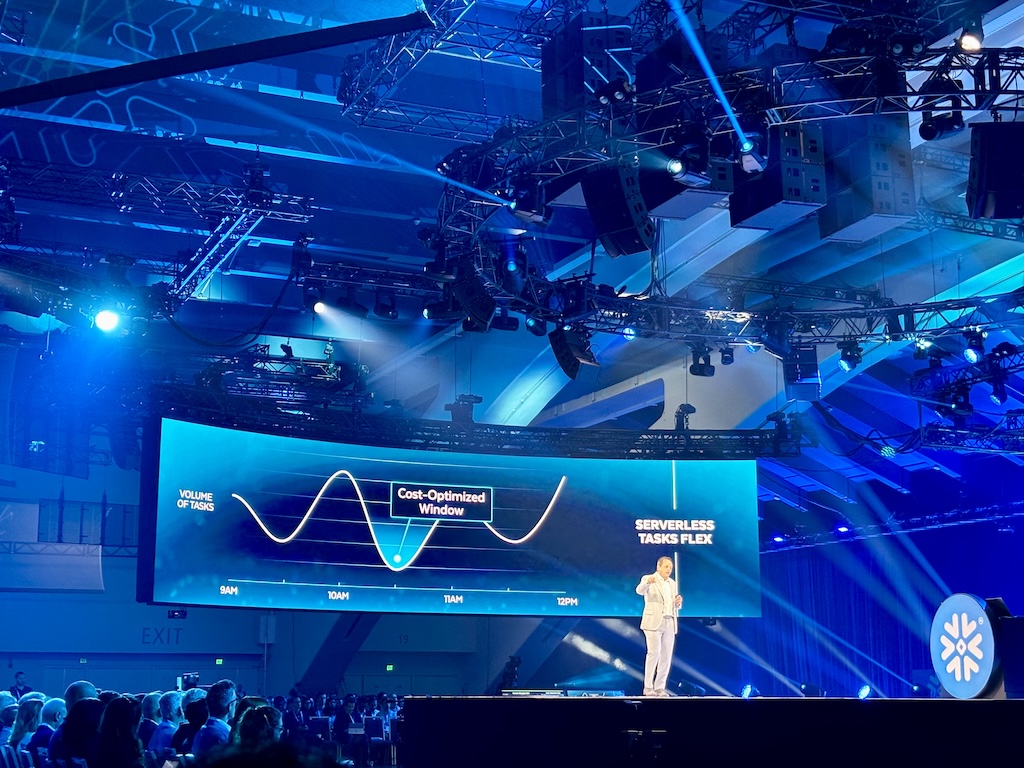
Snowflake's open-source play
Following on from yesterday's opening keynote announcement of Polaris Catalog. We can see a much bigger commitment from Snowflake to the open-source ecosystem and greater interoperability:
- Iceberg Tables is GA from today in all clouds. This announcement comes hot on the feels of Polaris Catalog (first announced at yesterday's opening keynote). This seems a response to Databricks' purchase of Tabular, a leading Iceberg data catalog.
- Microsoft Fabric now supports Iceberg: (A notable announcement, as it used to only support Delta Lake, Databricks' OS table format; and given that Fabric and Snowflake are competing products in many ways.) Microsoft OneLake is bidrectional and is now queryable by Snowflake.
Snowflake Horizon announcements

First announced in Snowflake's Snow Day 2023 late last year, Horizon is Snowflake's in-built unified tool for compliance, security, privacy, interoperability and access. A number of major updates were announced today. Horizon is clearly a big focus and major play from Snowflake to beef up its governance offering in comparison to Unity Catalog.
- Internal Marketplace in Snowflake Horizon in private preview: By popular demand, Snowflake has launched an internal marketplace to curate and share data products (such as models) within their organisations.
- Universal Search now in GA: Users can use natural language queries to search across Snowflake storage within their account, external Iceberg tables, connected third-party data, public data from marketplace and native apps, Snowflake documentation and knowledge base articles.
- Uniform listing locators lets you plug URLs into your queries in a much more seamless fashion.
- AI Object Descriptions leveraging Cortex AI in private preview soon: Audience members were given a live demo of this feature on stage by Lead Developer Advocate Dash Desai. Object Descriptions automatically generate context and comments to describe your AI models and tables. Essentially, you can use a Copilot within Snowflake without putting your data at risk.
- Data classification features: Snowflake announced a series of updates in private preview to help customers improve their data classification practices, an essential requisite for good data governance. The updates include a data classification interface, custom classifier, auto classifier and automatic tag propagation. There's a push to rely more on automation to take care of classification woes. Additionally, object insights was announced to support access control, using a user interface that lets you learn how your tables are being accessed, by whom, how often, its data sensitivity level, and any dependencies – without having to write any SQL.

- Trust Center now in preview: Soon to be in GA, Trust Center lets you evaluate your Snowflake configurations against a list of security recommendations (these benchmarks can be found here. If your account violates any of those recommendations, it will provide a list of what the risks are and how to fix them. Again, we're seeing the theme of more automation for customers when it comes to threat monitoring, issue detection, and keeping their data safe.
- Data Quality Monitoring now in GA: Introduced into preview in March, Data Quality Monitoring is now in GA. It uses Data Metric Functions (DMFs) to monitor the state of your data (e.g. data freshness, duplicates, NULL values, etc.). You can choose from Snowflake's in-built DMFs in their snowflake.core. schema or use custom DMFs for fine-tuning.
- Data and ML Lineage now in public preview: This UI gives customers both upstream and downstream lineage of data objects so customers can visualise their data flows and identify any objects impacted by modifications further upstream.
Performance improvements and increased cost management capabilities
Kleinerman mentions the Snowflake Performance Index. Essentially, Snowflake is getting faster without users having to do anything, which is nice (and in many cases, without having to pay any additional costs, which is even better).
Snowflake has always done reasonably well with their out-of-the-box cost management features. Their cost management interface, which was announced in private preview at Snowday 2023, tracks your account spend and usage in detail, with highly customisable configuration and the ability to set up budgets and notification.
Snowpark Container Services and Native Apps
Snowpark Container Services is now GA on AWS Cloud, enabling containerised workloads to be run directly on Snowflake. Snowflake is pushing hard for Azure and Google Cloud integration to follow soon. Additionally, the public preview of the integration of Snowpark Container Services with Native Apps was also announced today (you can read more about it here).
DevOps and Developer Experience
Snowflake announced a whole bunch of updates that would simplify DevOps and enhance the experience for developers building on Snowflake. Kleinerman talked about the following:
- Git integration goes into public preview, allowing Snowflake accounts to synchronise remote Git repositories with Snowflake, making it easier for developers to collaborate, integrate with source control, and manage deployments.
- Database change management goes into public preview, making it easier for developers to provision, manage and update Snowflake objects and track changes across their databases.
- CLI is now GA, enabling CI/CD pipelines to be managed as IaC.
- Snowflake also announced the preview of their new observability solution, Snowflake Trail. It stores metrics, logs and traces and allows more visibility into data workflows. It confirms to OTEL specifications so it can integrate with various Snowflake partner observability platforms (e.g. Datadog, PagerDuty, Grafana, etc.) It also has in-built telemetry signals for Snowpark and Snowpark Container Services.
Machine Learning and AI development
- Snowflake Notebooks now in public preview: First introduced at Snowday last year, this feature enables developers to write both SQL and Python code to perform data analysis, develop ML models and pipelines, visualise data on Streamlit and other libraries, and create data engineering workflows. It integrates with Git and Snowflake Copilot.
- Snowpark Pandas API now in public preview: This lets you run your pandas code directly on your data in your Snowflake environment. Pandas is a popular open-source Python framework for data analysis and manipulation.
- Snowflake Model Registry now in public preview: This allows ML models and their metadata to be stored and managed securely and made available to others in the organisation.
- Snowflake Copilot now in GA: Powered by Snowflake Cortex, this AI-powered SQL assistant helps with using natural language to perform data analysis. Copilot can help you write and refine SQL queries and suggest fixes and optimisations. There's no threat of leaking any data to external LLMs since it's all operating within the Snowflake environment.
- Cortex AI updates: Snowflake's suite of fully managed ML/AI solutions got a number of updates:
** Fine-Tuning in public preview: Cortex AI's Fine-Tuning is now in public preview. Users who don't want to train LLMs from scratch or go down the RAG route can fine-tune existing popular LLMs to make them more suited to their specific domains and use cases. Director of Product, Amanda Kelly, took to the stage to demo serverless Fine-Tuning with a simple interface and just a few lines of code. You can generate a model in just half an hour and it can be done at one-tenth the cost of training a model from scratch, which is pretty incredible.
** Cortex Search (in private preview and soon to be public preview) and Cortex Analyst: were also announced, with Kleinerman revealing that the ability to create org-specific chatbots to interrogate their proprietary is one of Snowflake's most requested features by customers. Businesses want to be able to talk to both their structured and unstructured data to get better insights for decision-making. Cortex Search can be used to build RAG applications, while Cortex Analyst allowed businesses to build BI apps on top of their Snowflake data. Kleinerman even called up a random member of the audience up on stage to build a chatbot to show how easy the whole process is.
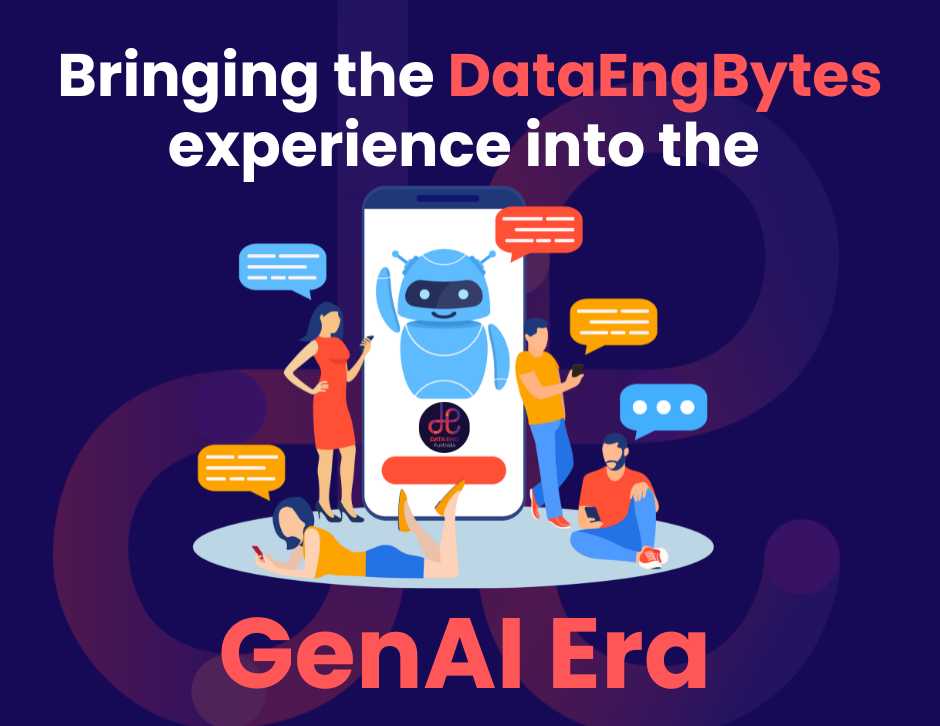
Dark mode now in preview
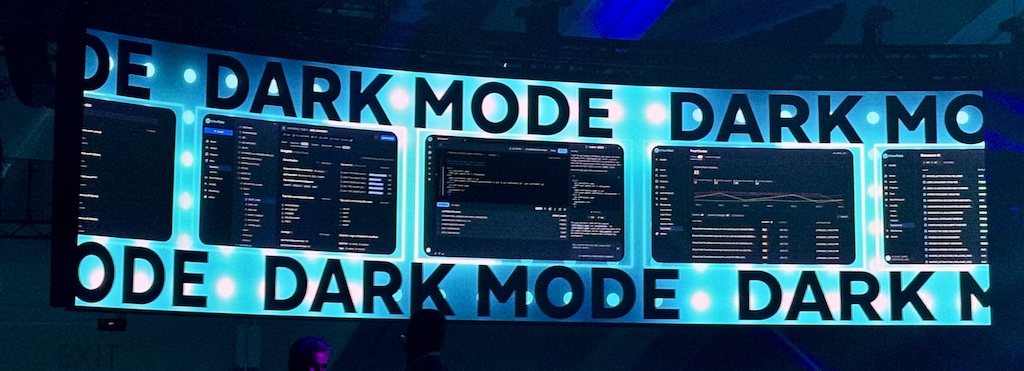
The last announcement before Kleinerman walked off the stage was that Snowsight is now available in dark mode. The most exciting announcement of the day ;) Boom! You could almost hear the mic drop. In all seriousness though, this was apparently quite a highly requested feature so kudos to the Snowflake product team for the customer-centricity in making this available.
Customer stories and demos
We've grouped all the platform announcements in one big section, but the keynote did have customer success stories from Siemens, Pizza Hut, AT&T and Canadian Railway as well as demos from Directors of Product Development Jeff Hollan and Amanda Kelly; and Lead Developer Advocate Dash Desai. This helped break up the heavy flow of information and showcase some of these features in action.
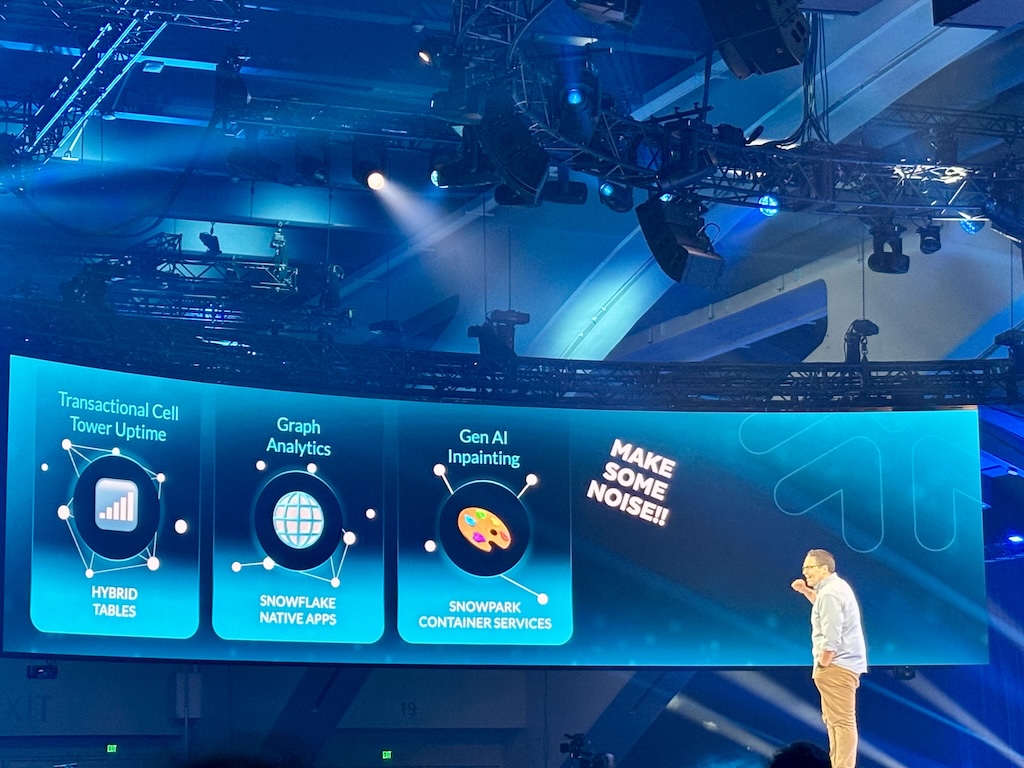
For us, Jeff Hollan's demos were a highlight. Bringing high energy to the stage, the Director of Product Management for Snowpark, Containers and Developer Platform at Snowflake did three demos covering GenAI, Hybrid tables and Graph Analysis clearly and concisely. (He even made a 'developers, developers, developers' joke, harking back to his former tenure at Microsoft, which got a chuckle out of us).
When it comes to building Native Apps directly into your Snowflake account, Hollan's demos really showcase how much the lid has now blown off, with lots of new possibilities to expand the universe of Snowflake. "If you can imagine it, you can build it on Snowflake," he says.
Conclusion
Day 2 has been a packed one compared to (in our opinion) a relatively low-key Day 1. It's pretty clear that Snowflake wants to be the data cloud of choice for its customers, shoring up even more updates and features to ensure the data foundations are in place to build powerful Enterprise AI applications. And despite a plethora of announcements, the message keeps returning to the idea of simplicity, ease and efficiency as the north pole for Snowflake approach to feature delivery and customer satisfaction.
We'll be keen to hear more announcements at the builder's and partner summit keynote tomorrow and will share our Day 3 recap soon!
